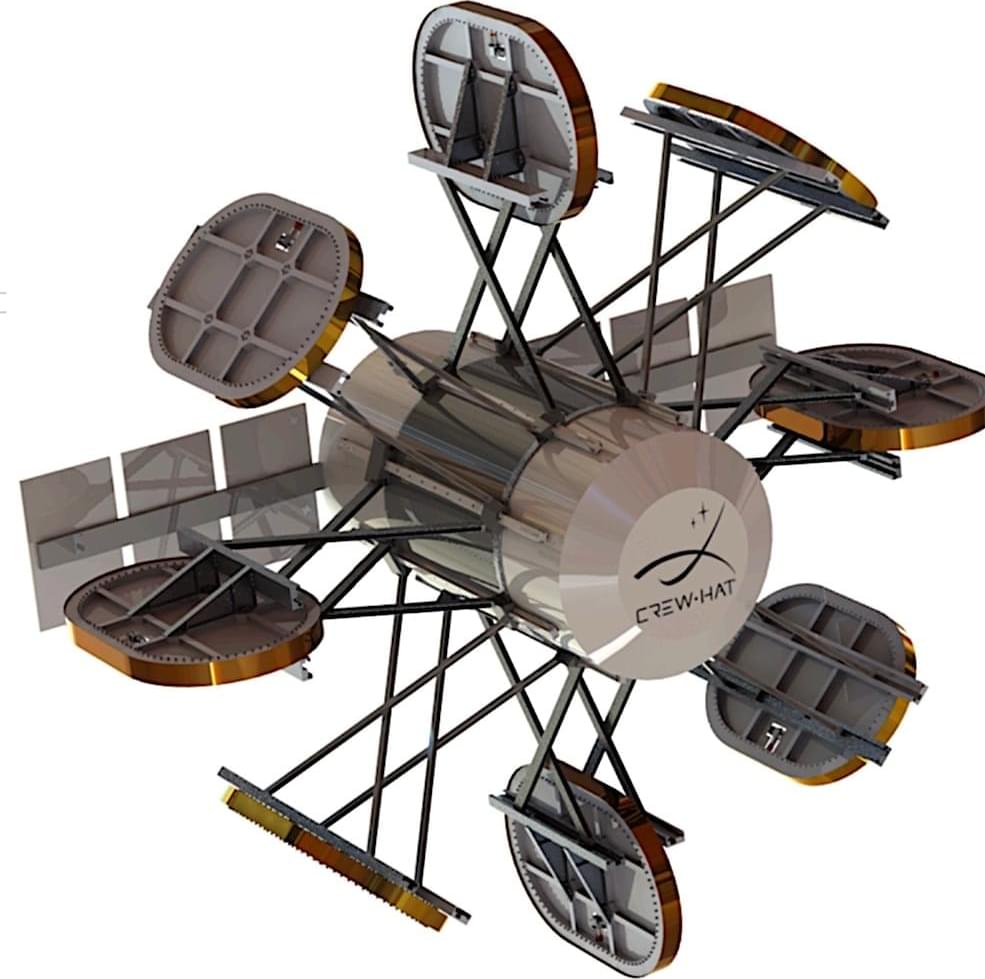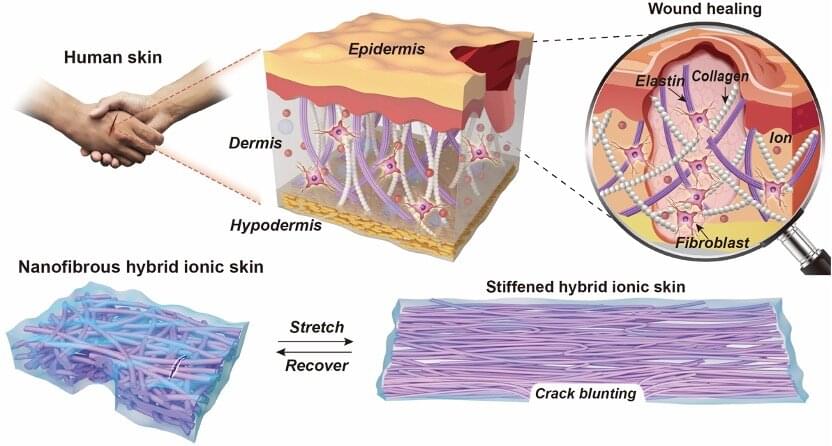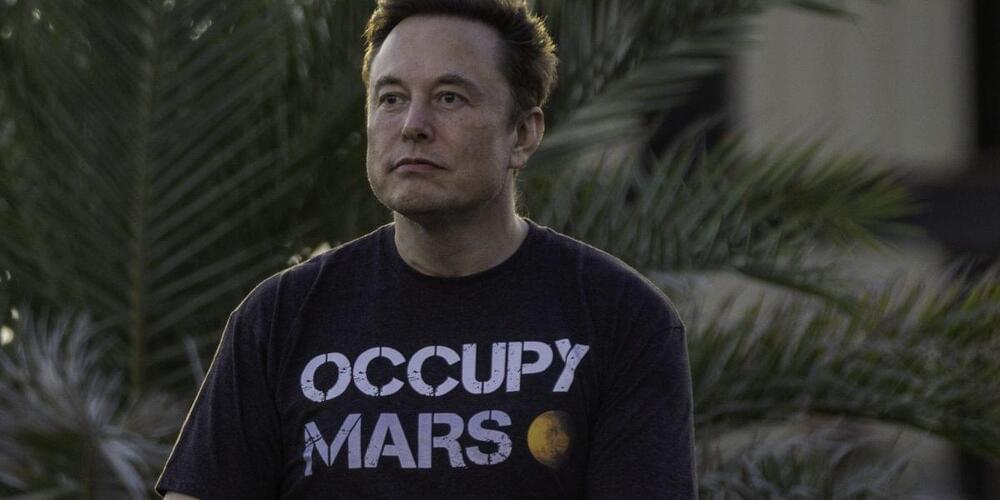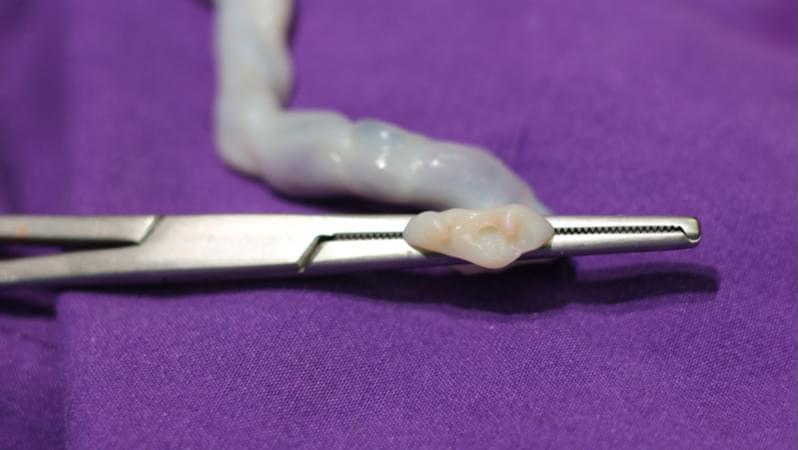Jeff Bezos thinks the Earth will be like a protected national park in the future — and maybe even a hot cosmic tourist attraction.
The Amazon and Blue Origin founder spoke at the 2021 Ignatius Forum last Wednesday about the future of space travel. During the discussion, he made the eyebrow-raising comment that most people won’t even be born on Earth one day and that it might even turn into a tourist destination for space colonizers, according to RealClearPolitics.
“Over centuries, most or many of the people will be born in space,” Bezos said at the forum. “It will be their first home. They will be born on these colonies, they will live on these colonies. They may visit Earth the way you would visit Yellowstone National Park.”




